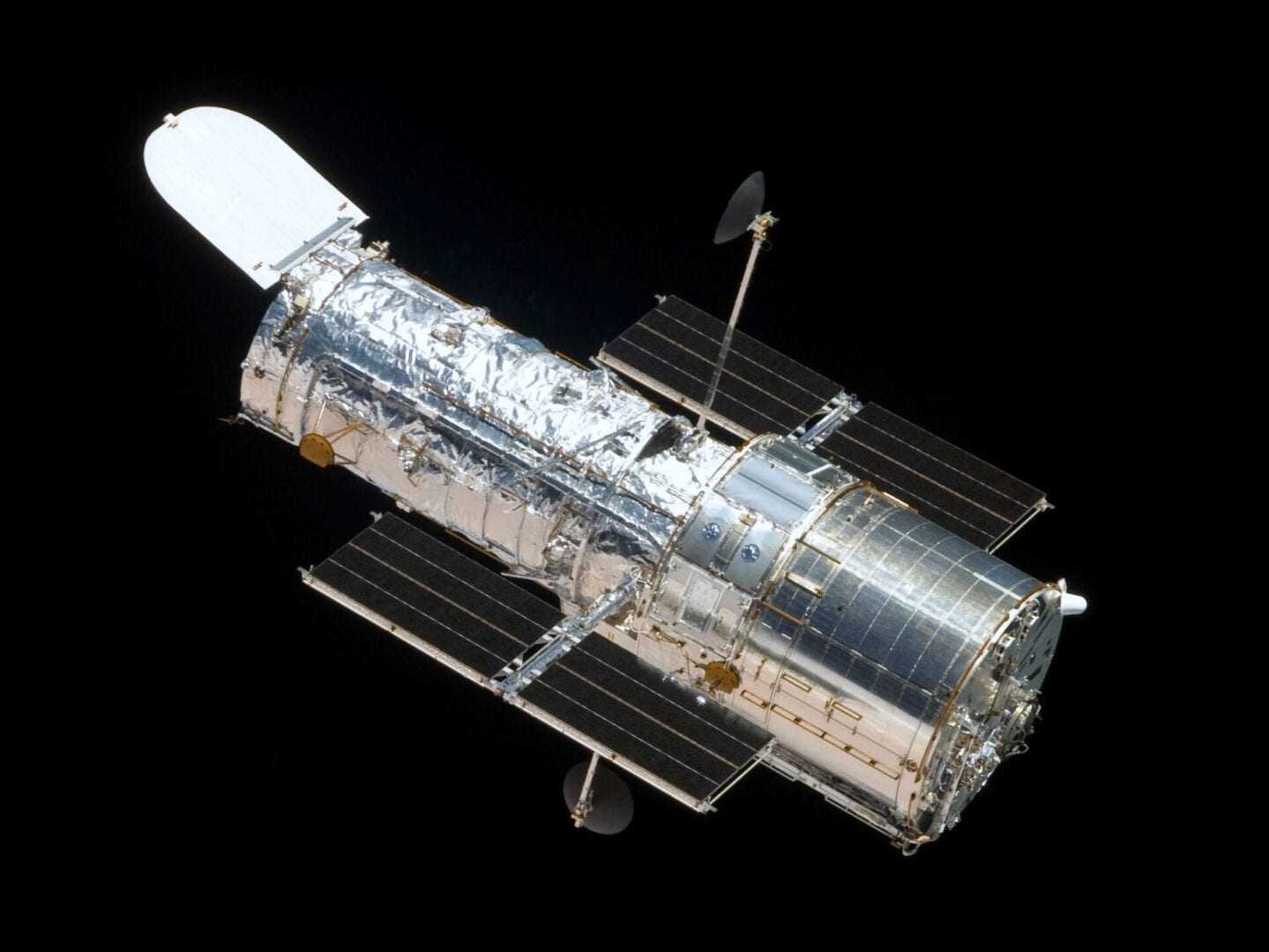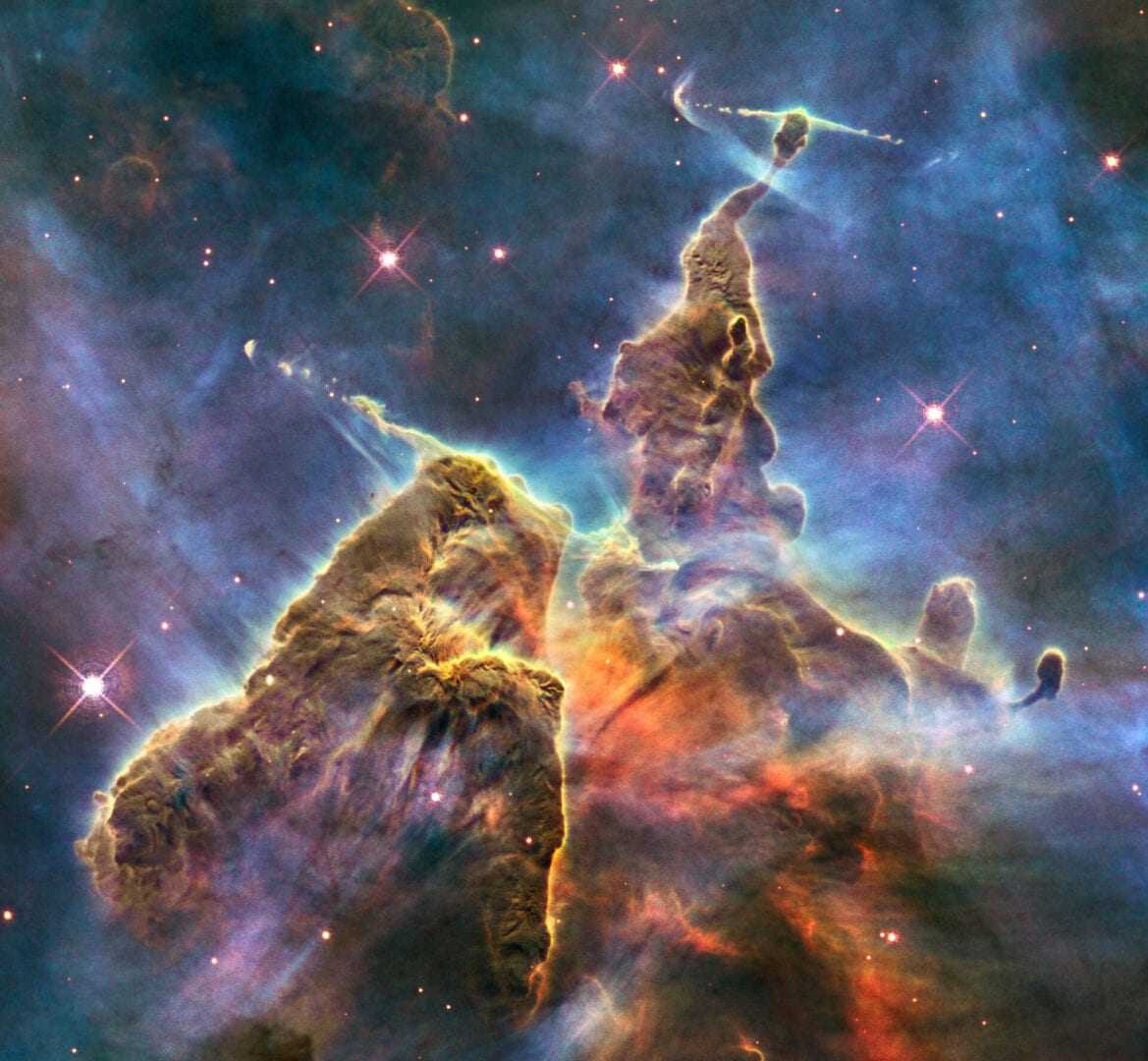Μετά από 160,000 ανατολές και ηλιοβασιλέματα, έναν αριθμό που δεν περίμεναν οι επιστήμονες να επιτευχθεί, το διαστημικό τηλεσκόπιο Hubble έχει επέτειο: Ναι, 30 χρόνια. Και για τριάντα χρόνια -μια ολόκληρη γενιά μας χαρίζει εικόνες που έχουν…
…στολίσει τους τοίχους, τις οθόνες του υπολογιστή μας και όχι μόνο. Χρόνια σου πολλά!
Did you know…
- Hubble has made more than 1.3 million observations since its mission began in 1990.
- Astronomers using Hubble data have published more than 15,000 scientific papers, making it one of the most productive scientific instruments ever built. Those papers have been cited in other papers 738,000 times.
- Hubble does not travel to stars, planets or galaxies. It takes pictures of them as it whirls around Earth at about 17,000 mph.
- Hubble has circled Earth and gone more than 4 billion miles along a circular low earth orbit currently about 340 miles in altitude.
- Hubble has no thrusters. To change angles, it uses Newton’s third law by spinning its wheels in the opposite direction. It turns at about the speed of a minute hand on a clock, taking 15 minutes to turn 90 degrees.
- Hubble has the pointing accuracy of .007 arcseconds, which is like being able to shine a laser beam on President Roosevelt’s head on a dime about 200 miles away.
- Outside the haze of our atmosphere, it can see astronomical objects with an angular size of 0.05 arcseconds, which is like seeing a pair of fireflies in Tokyo that are less than 10 feet apart from Washington, DC.
- Due to the combination of optics and sensitive detectors and with no atmosphere to interfere with the light reaching it, Hubble can spot a night light on the surface of the Moon from Earth.
- Hubble has peered back into the very distant past, to locations more than 13.4 billion light-years from Earth.
- Hubble generates about 10 terabytes of new data per year. The total archive is currently over 150 TB in size.
- Hubble weighed about 24,000 pounds at launch but if returned to Earth today would weigh about 27,000 pounds — on the order of two full-grown African elephants.
- Hubble’s primary mirror is 2.4 meters (7 feet, 10.5 inches) across. It was so finely polished that if you scaled it to be the diameter of the Earth, you would not find a bump more than 6 inches tall.
- Hubble is 13.3 meters (43.5 feet) long — the length of a large school bus.

